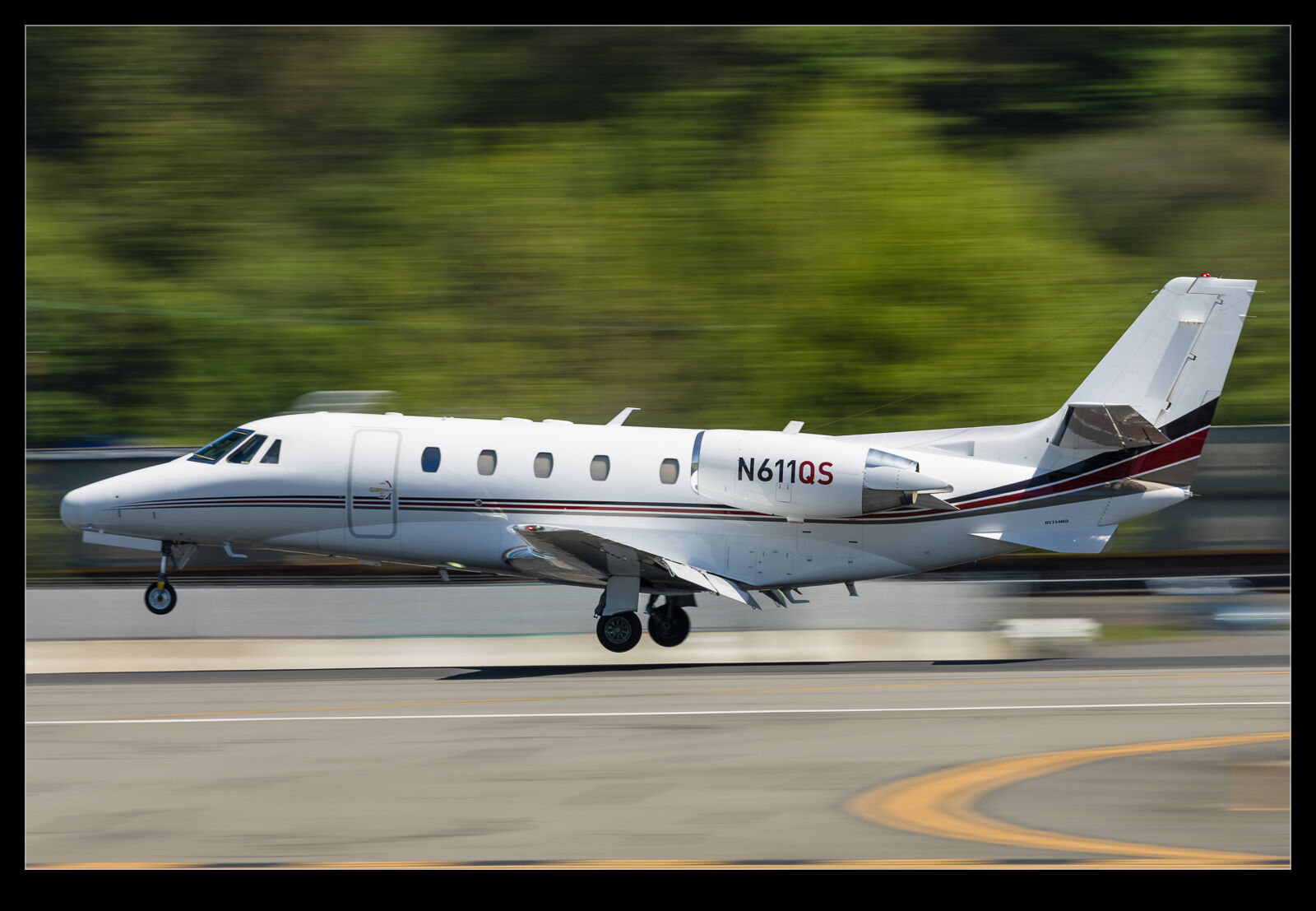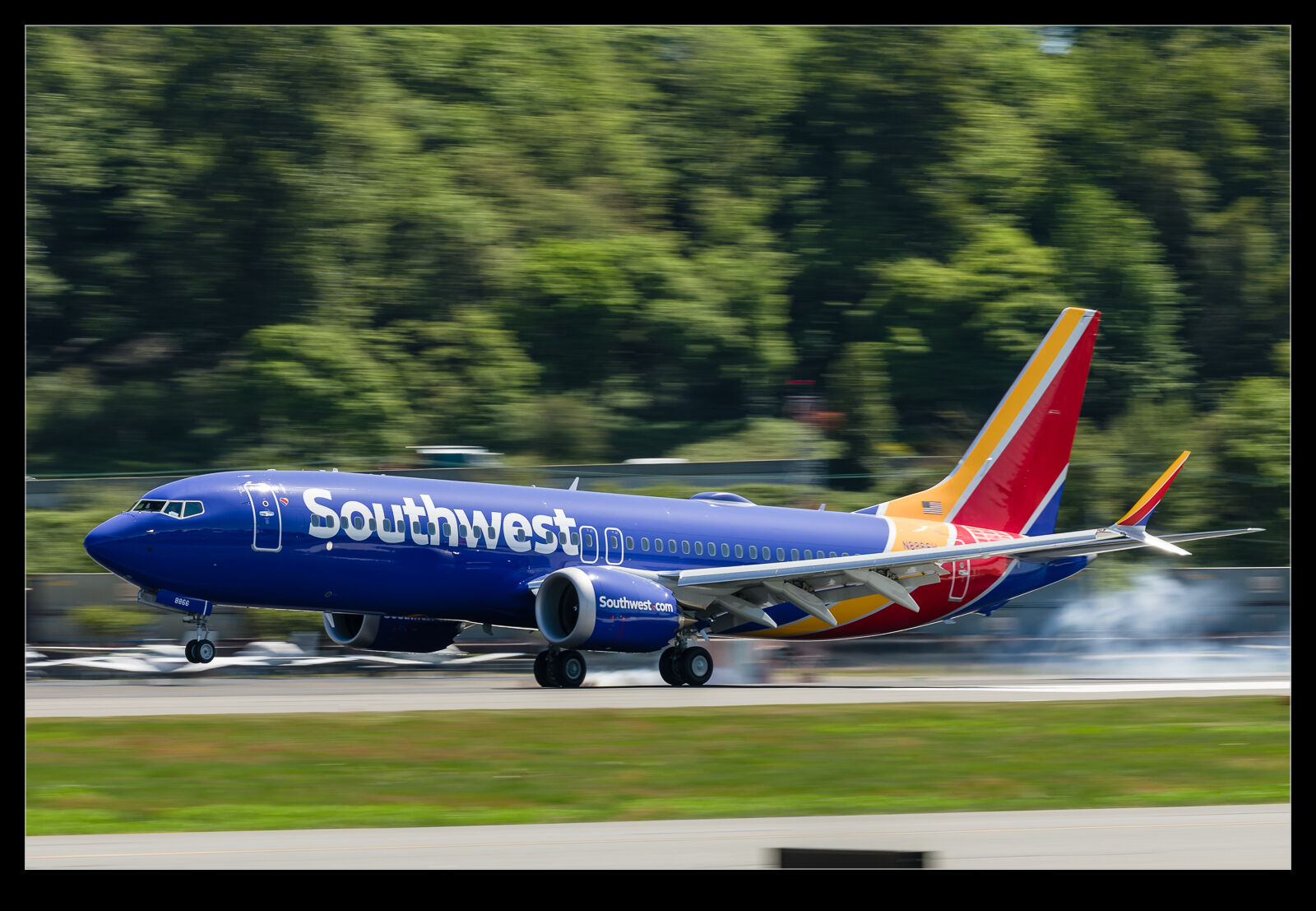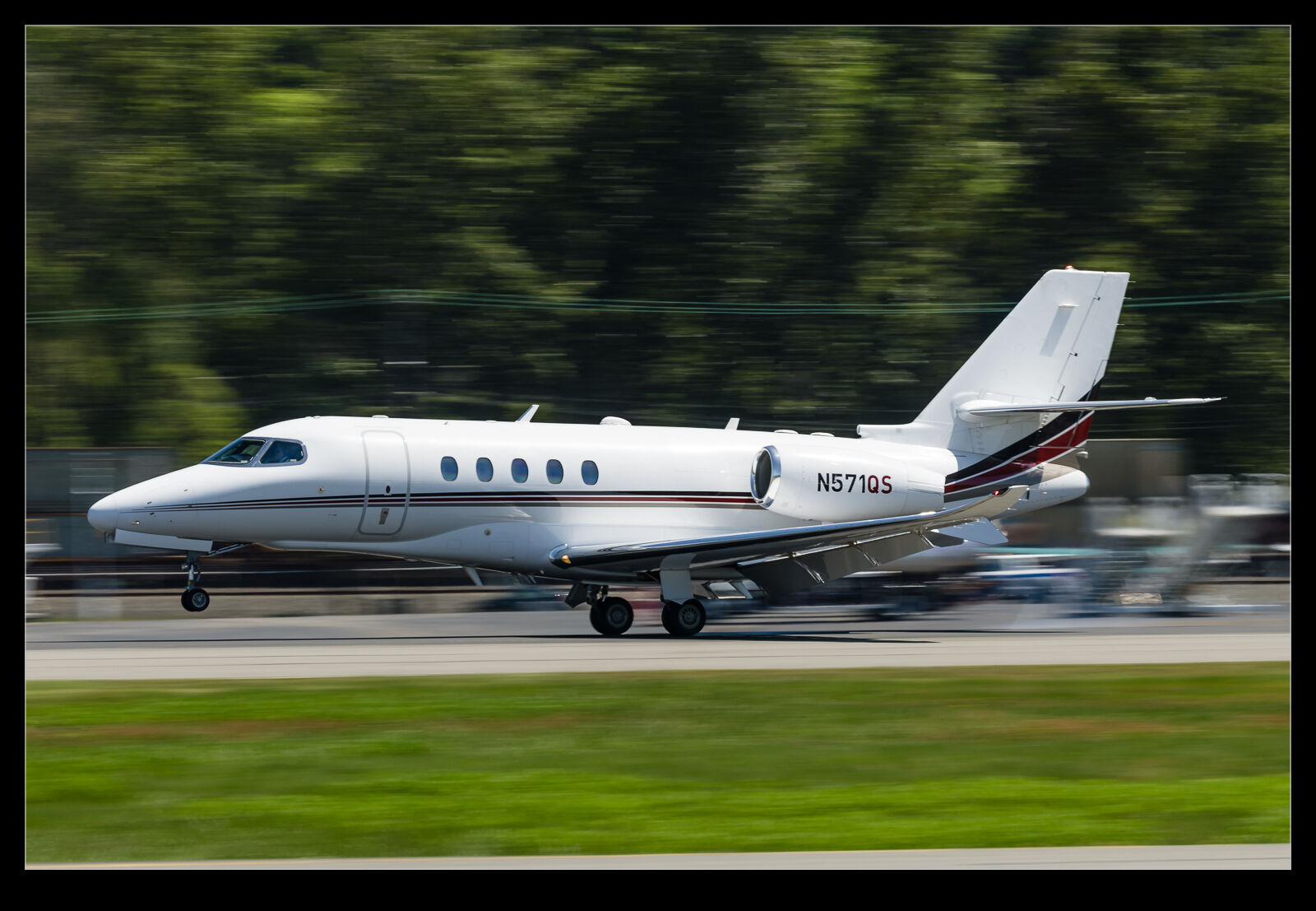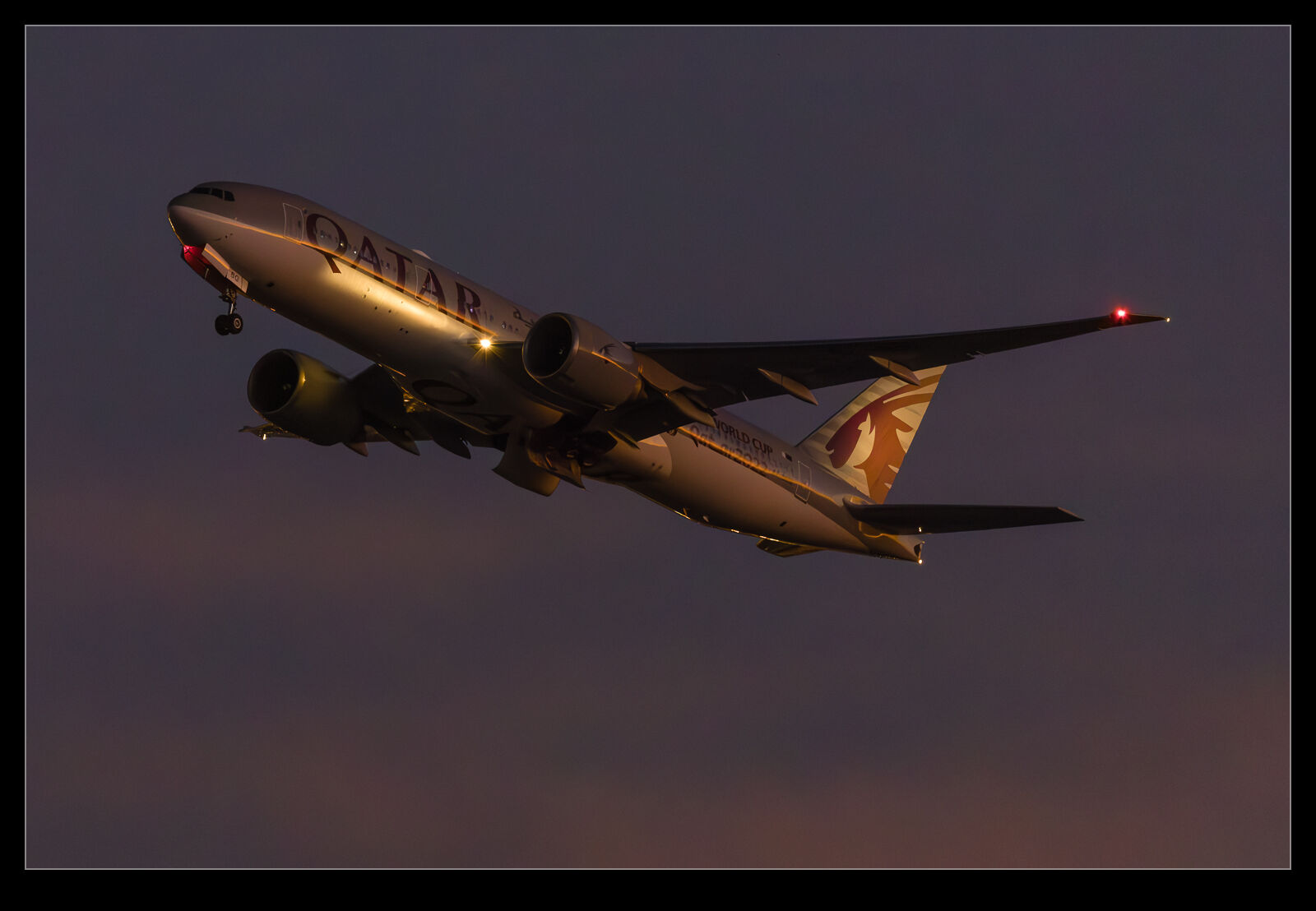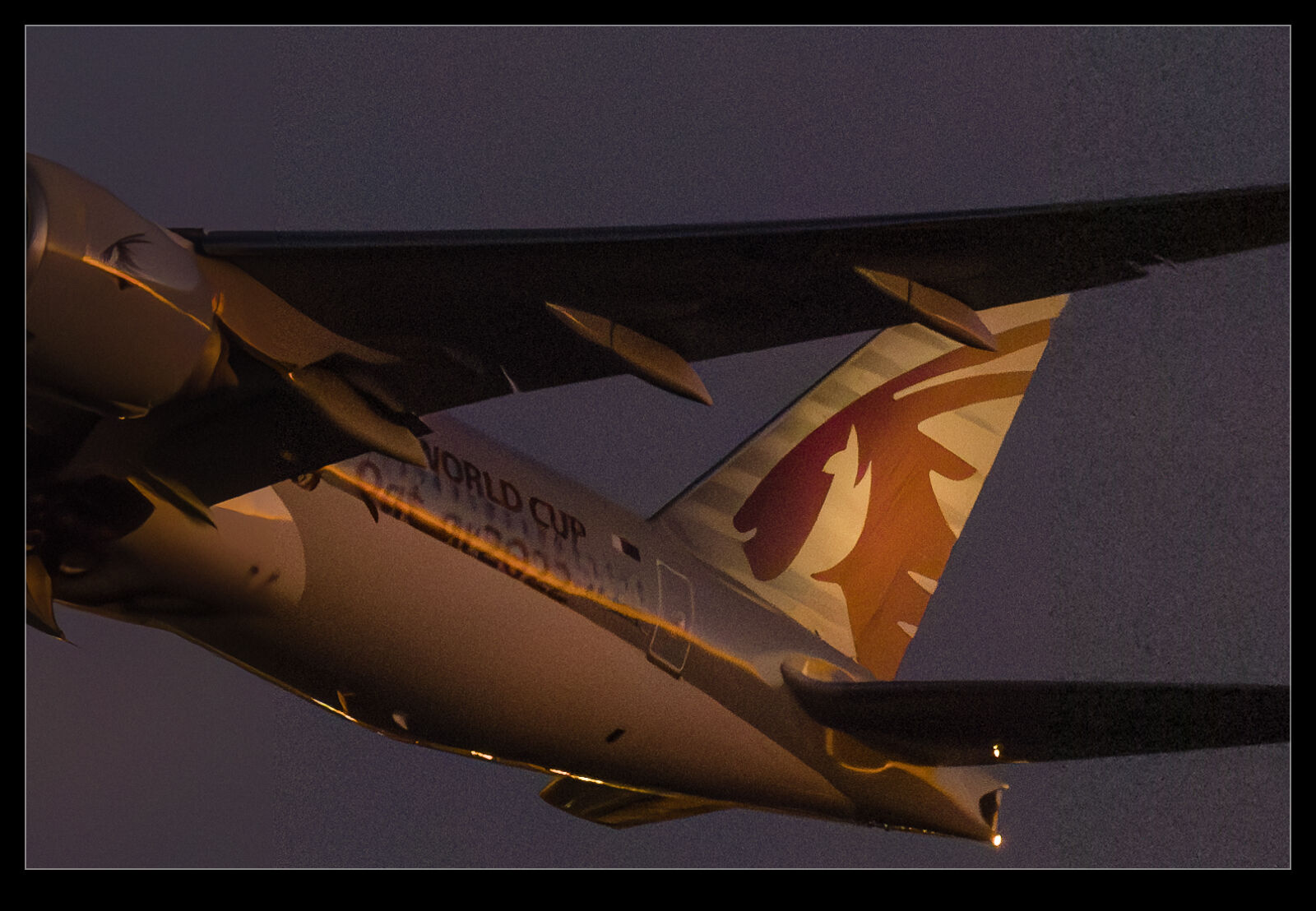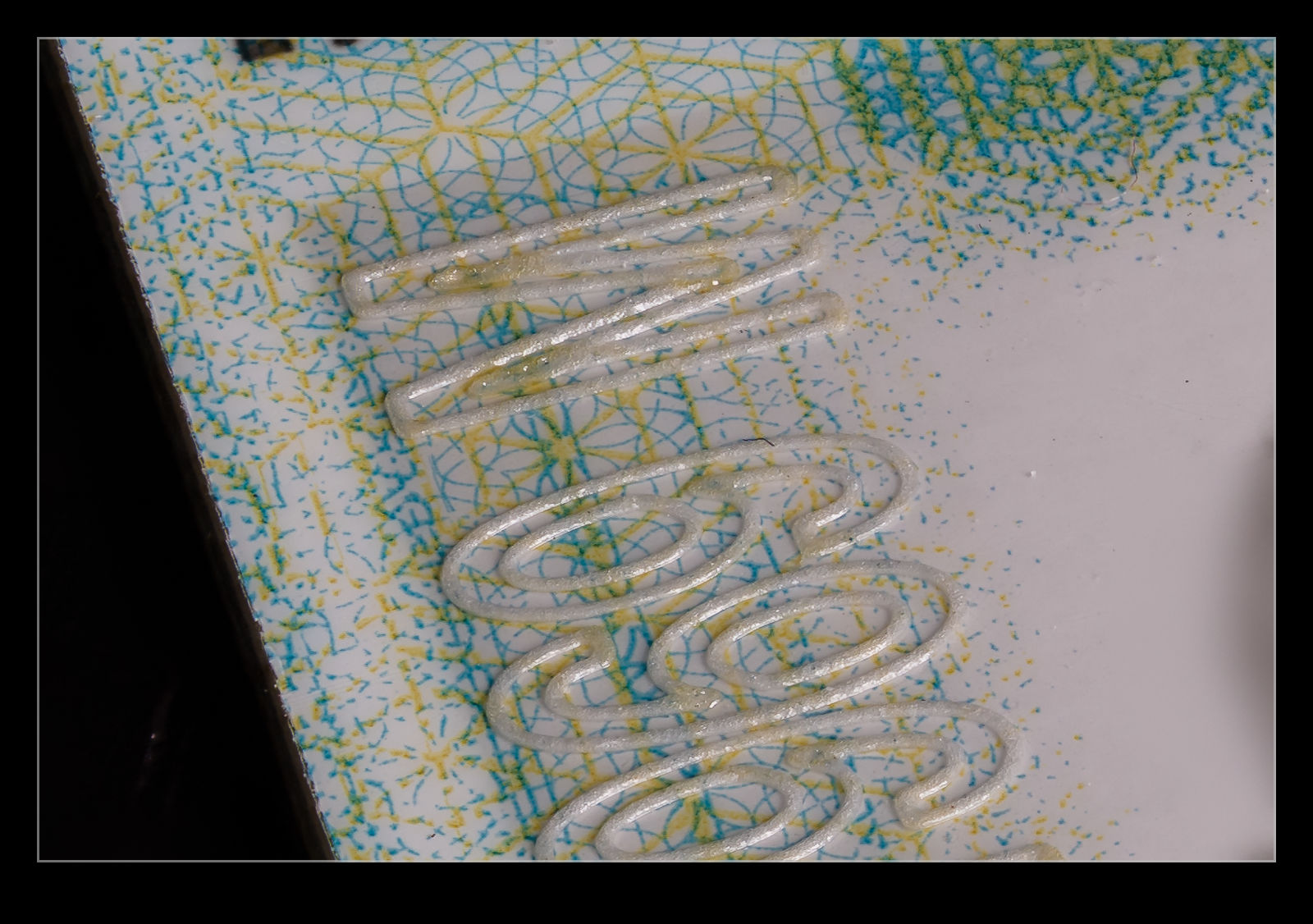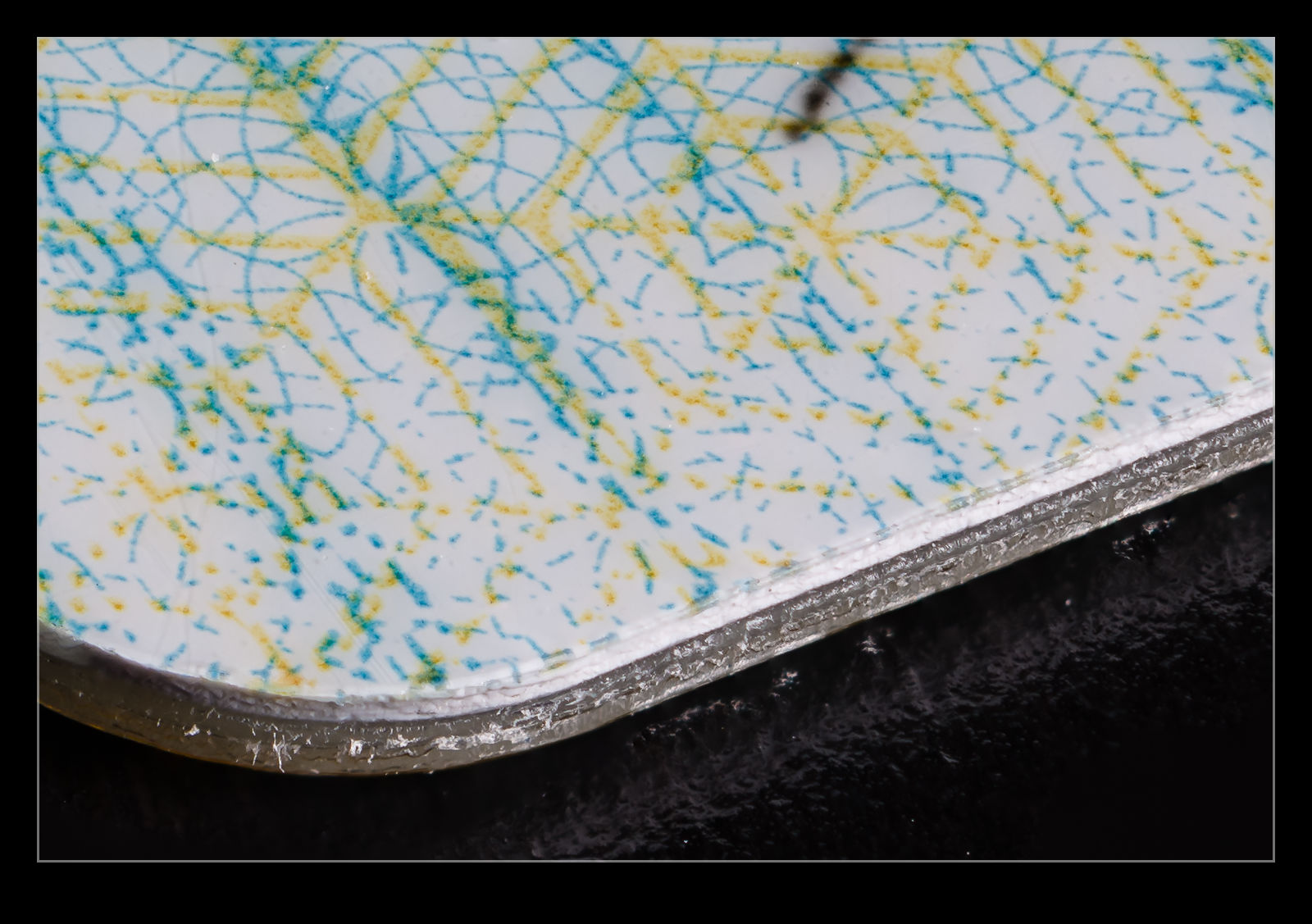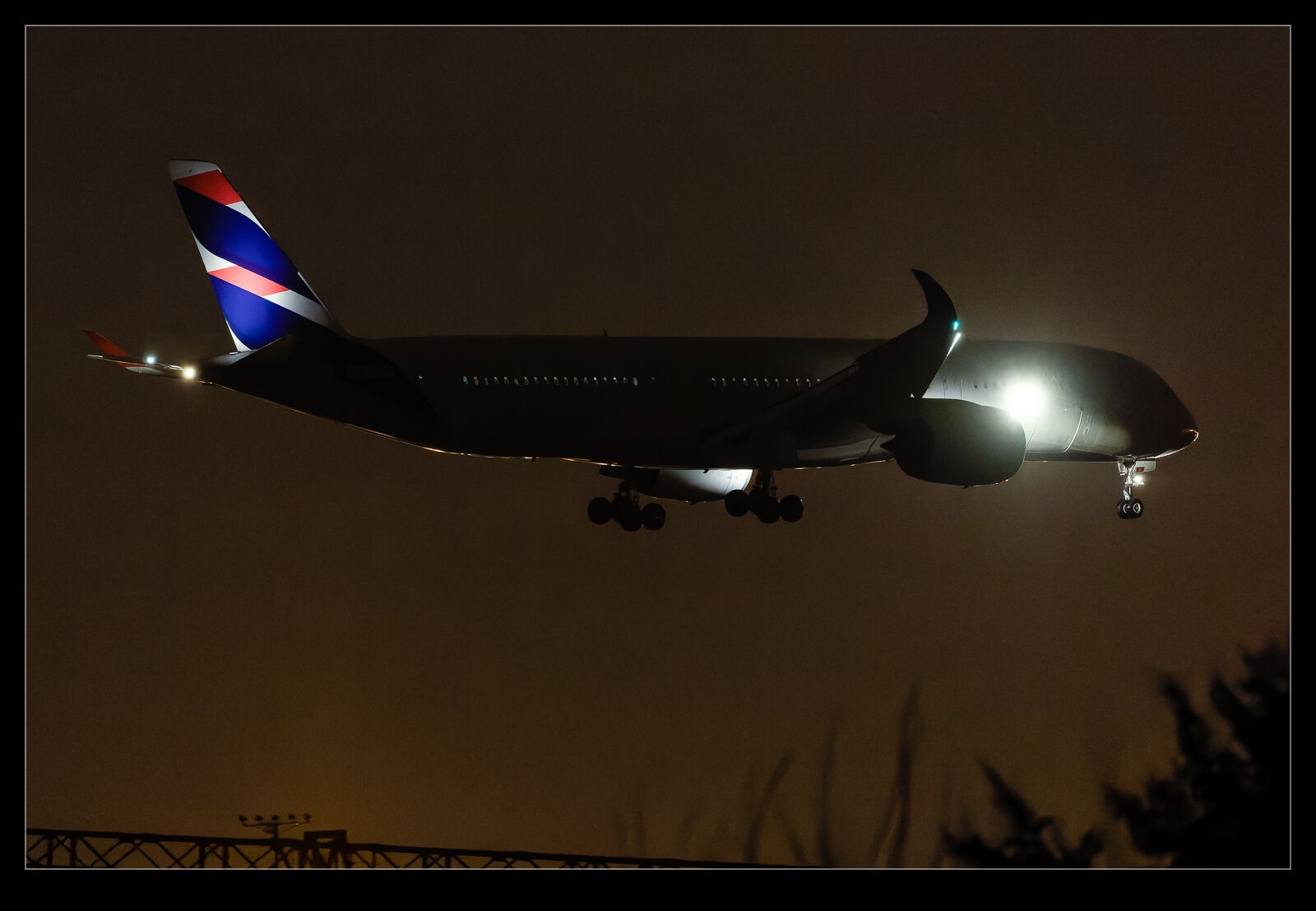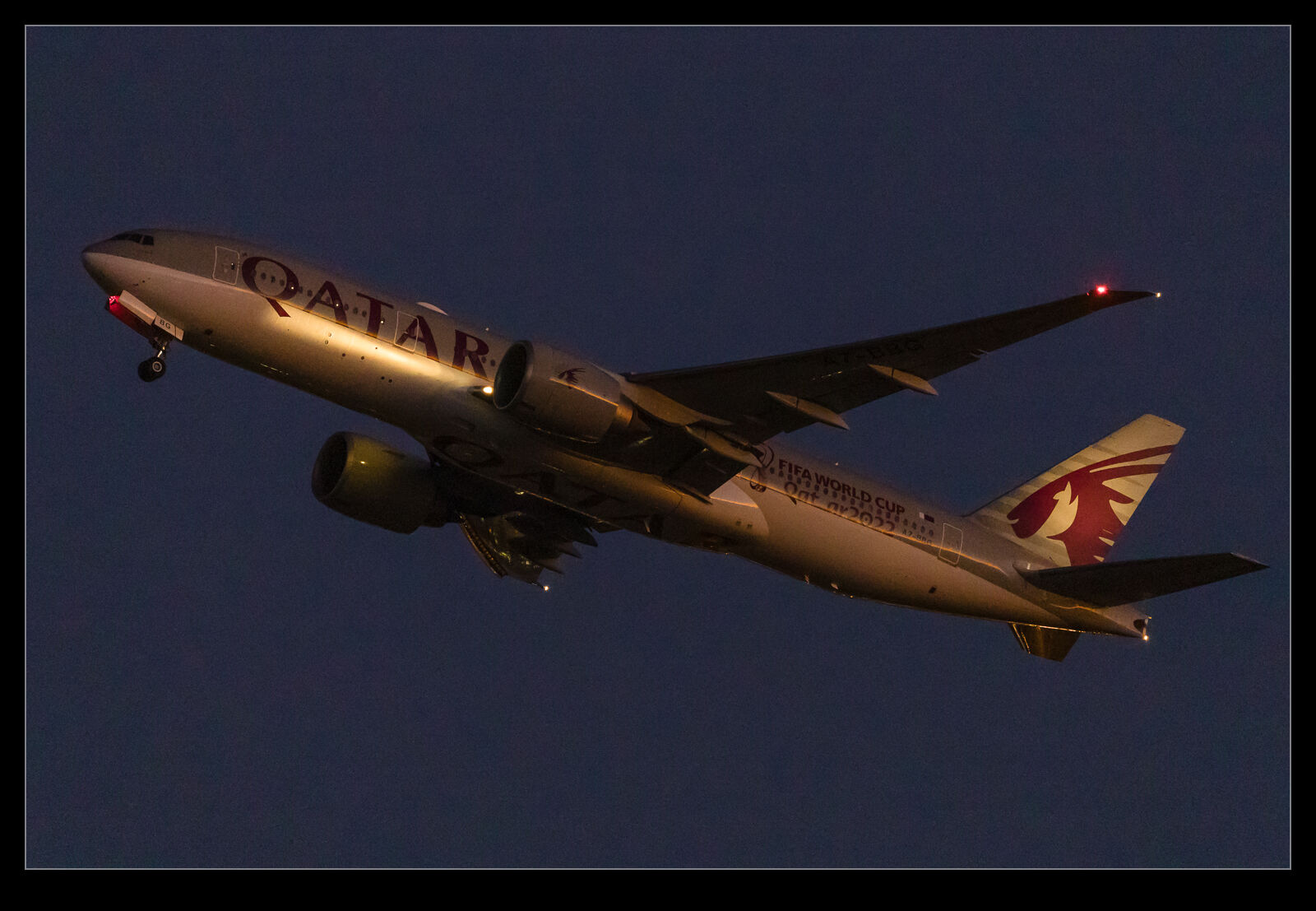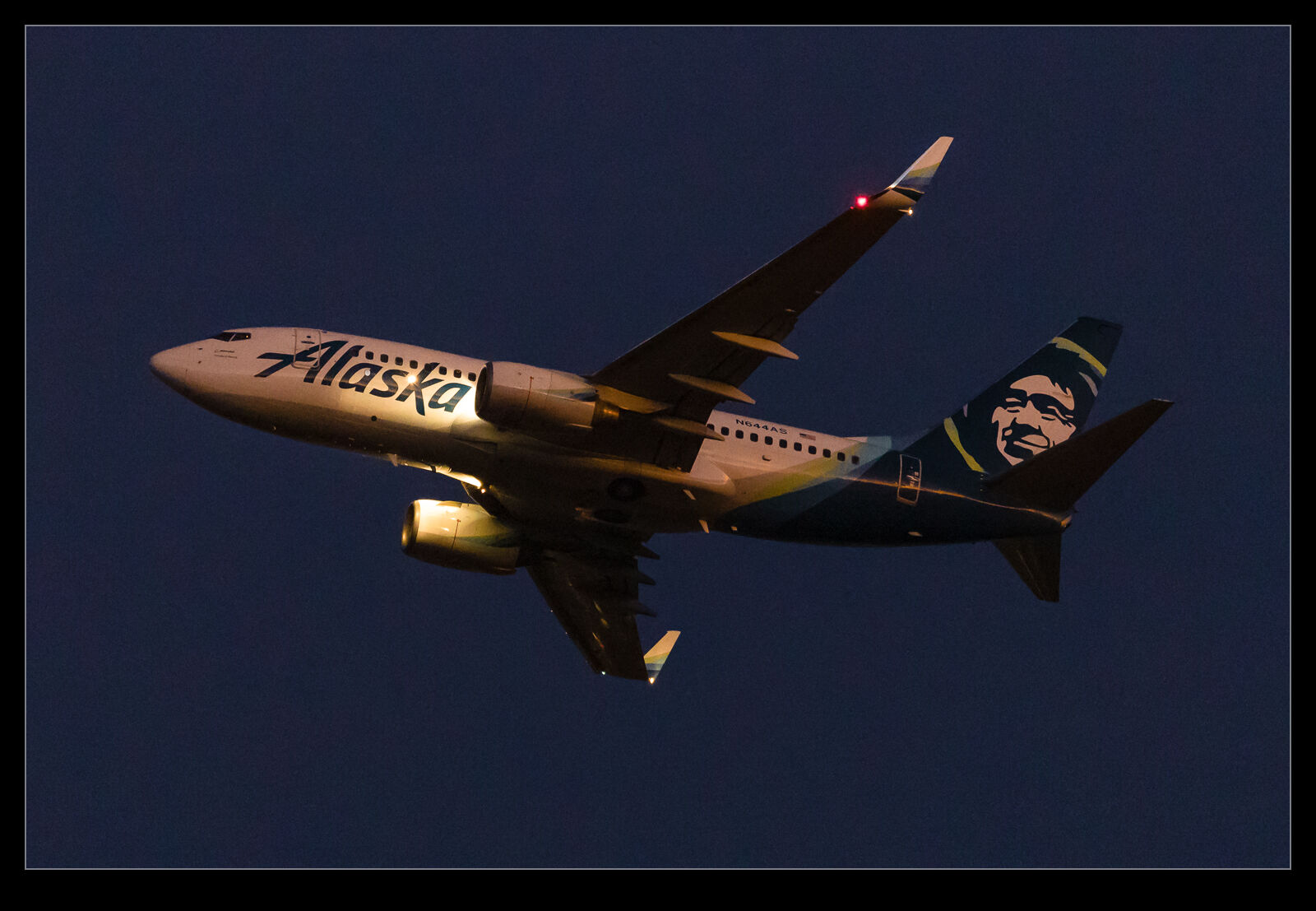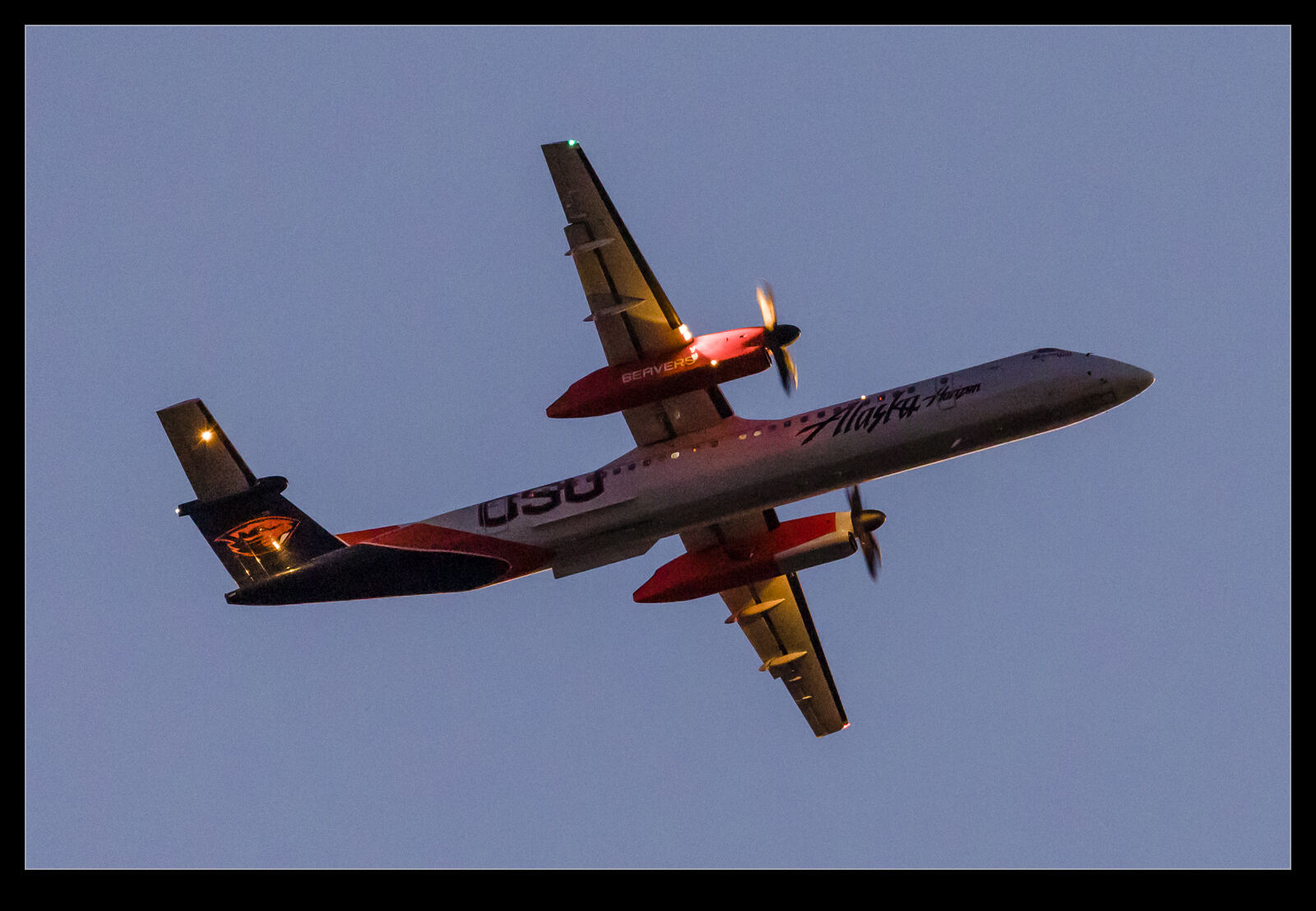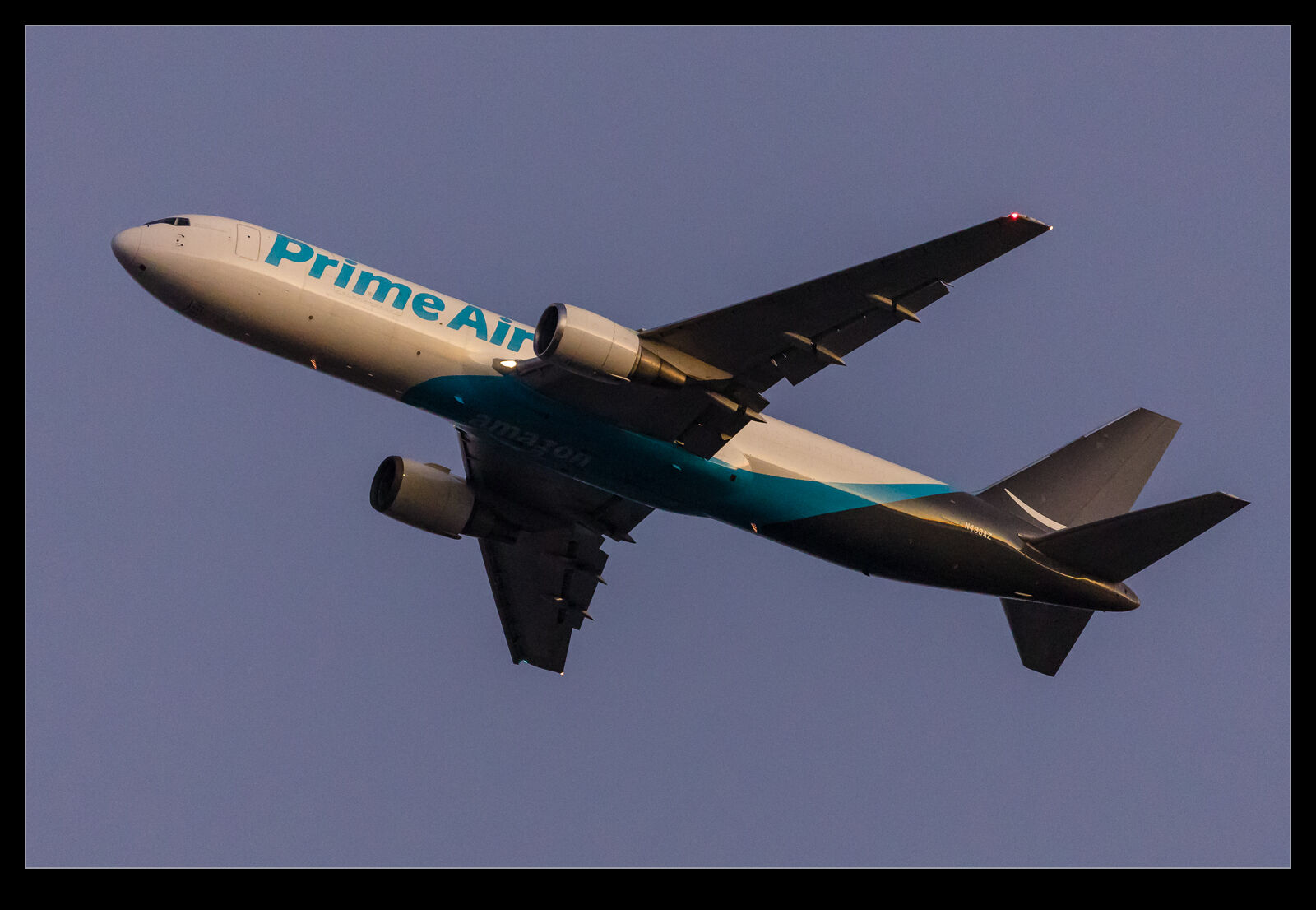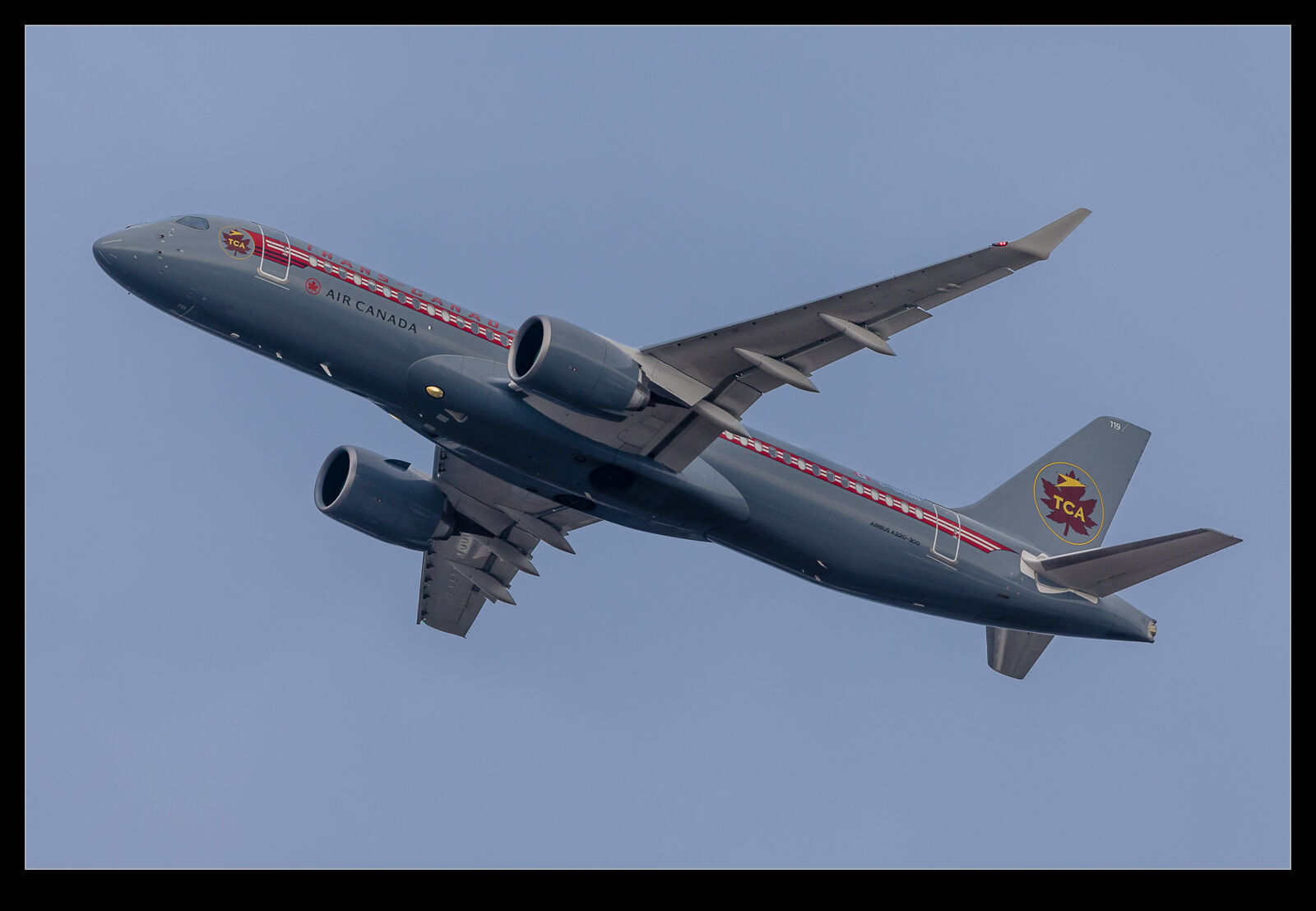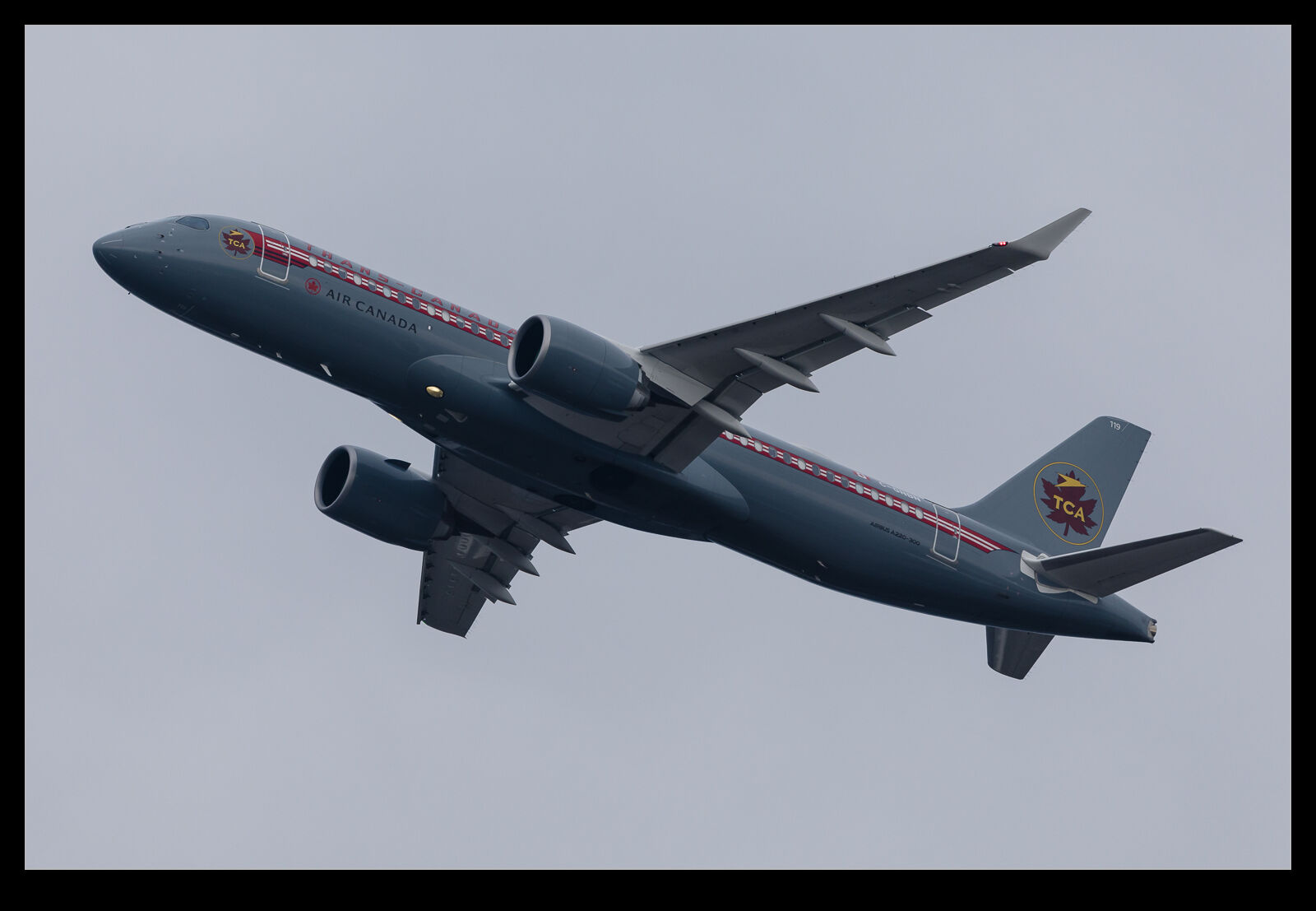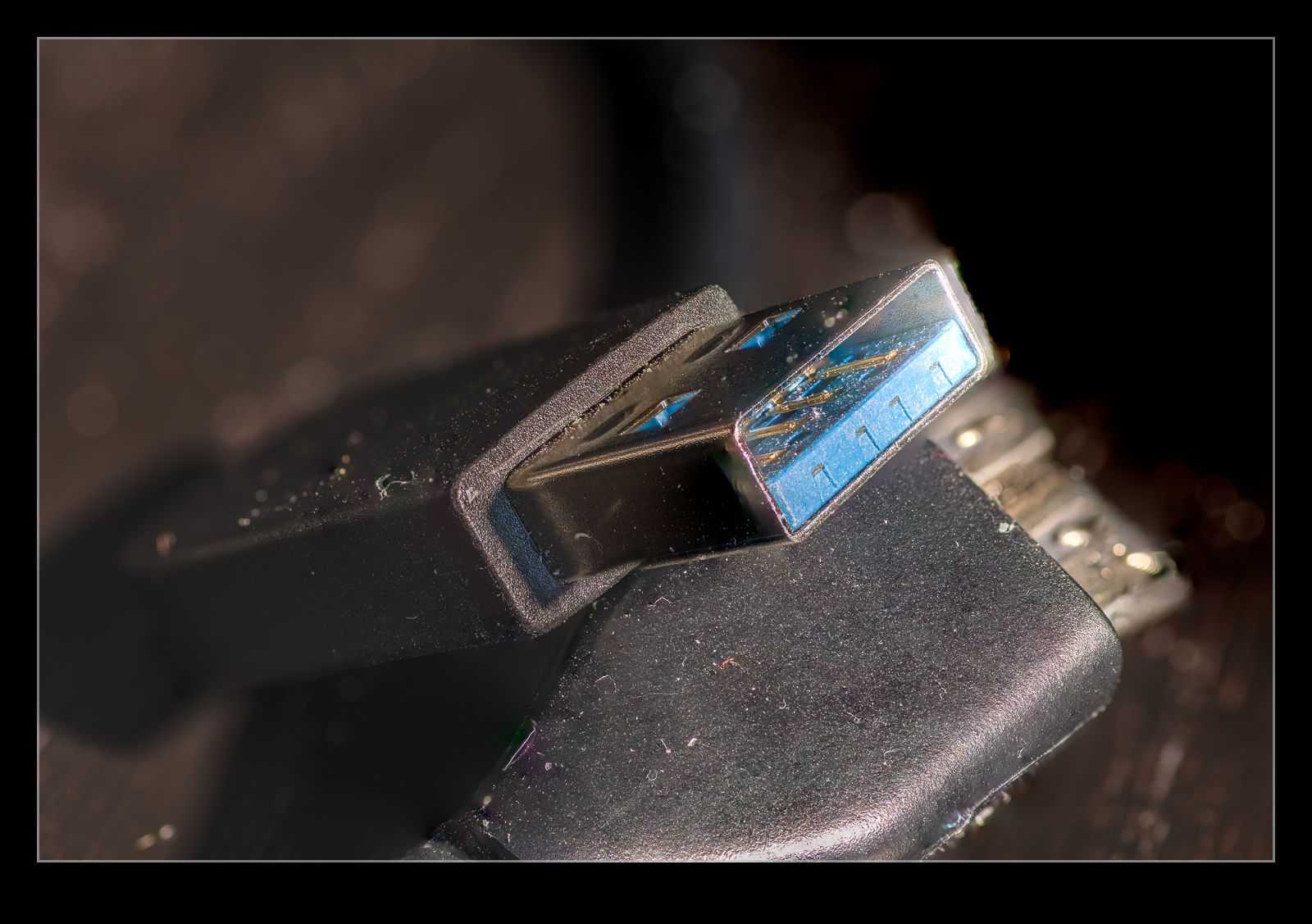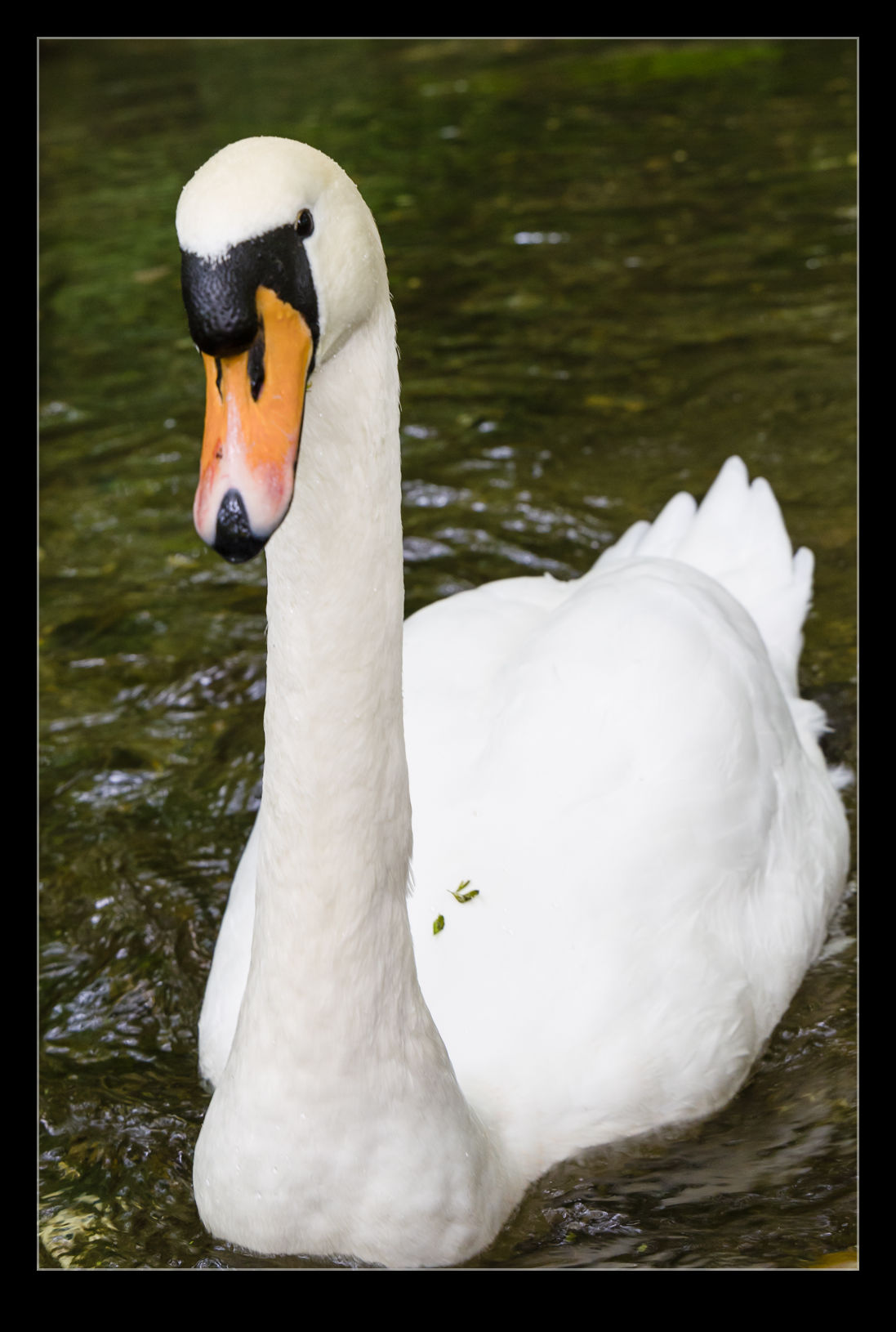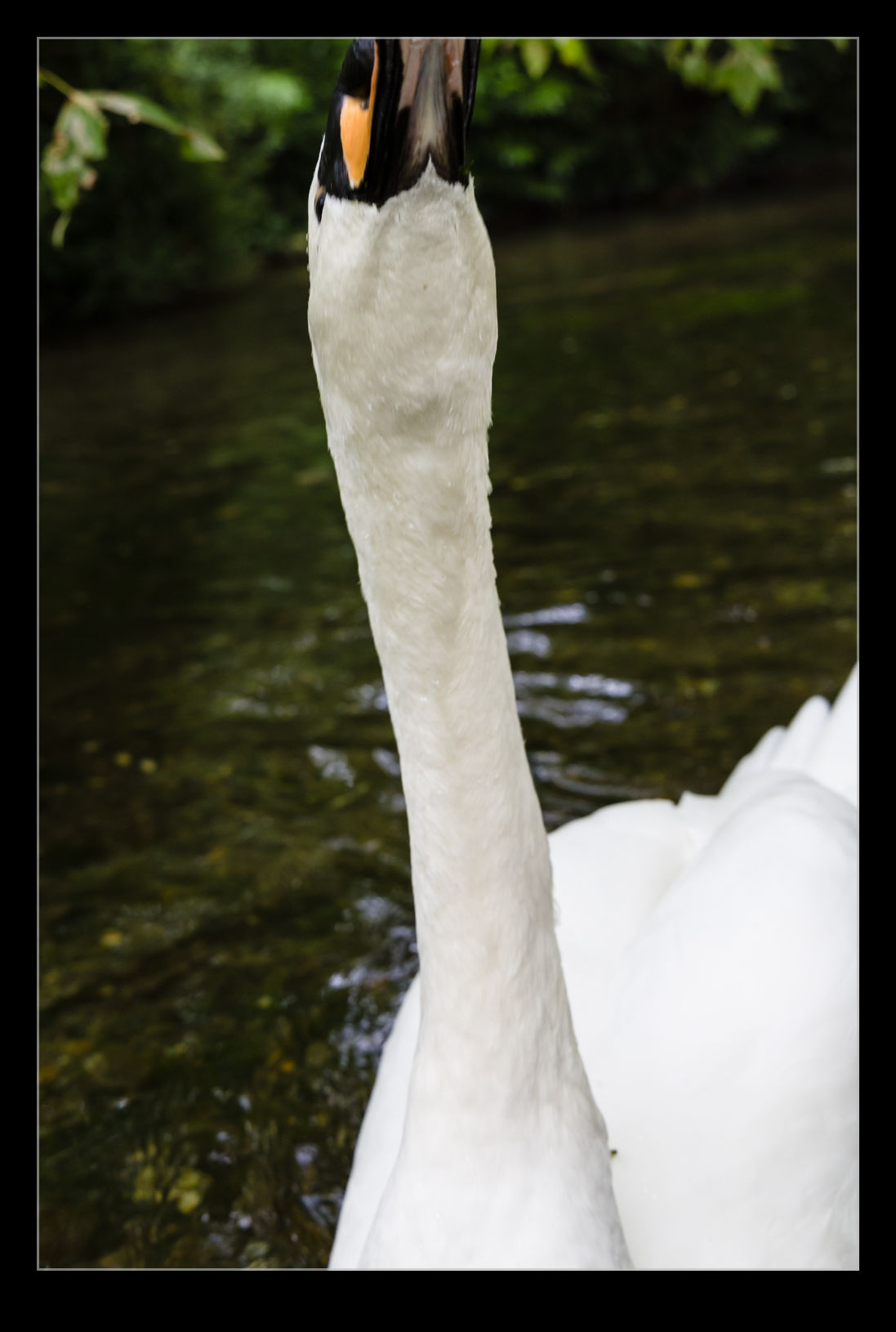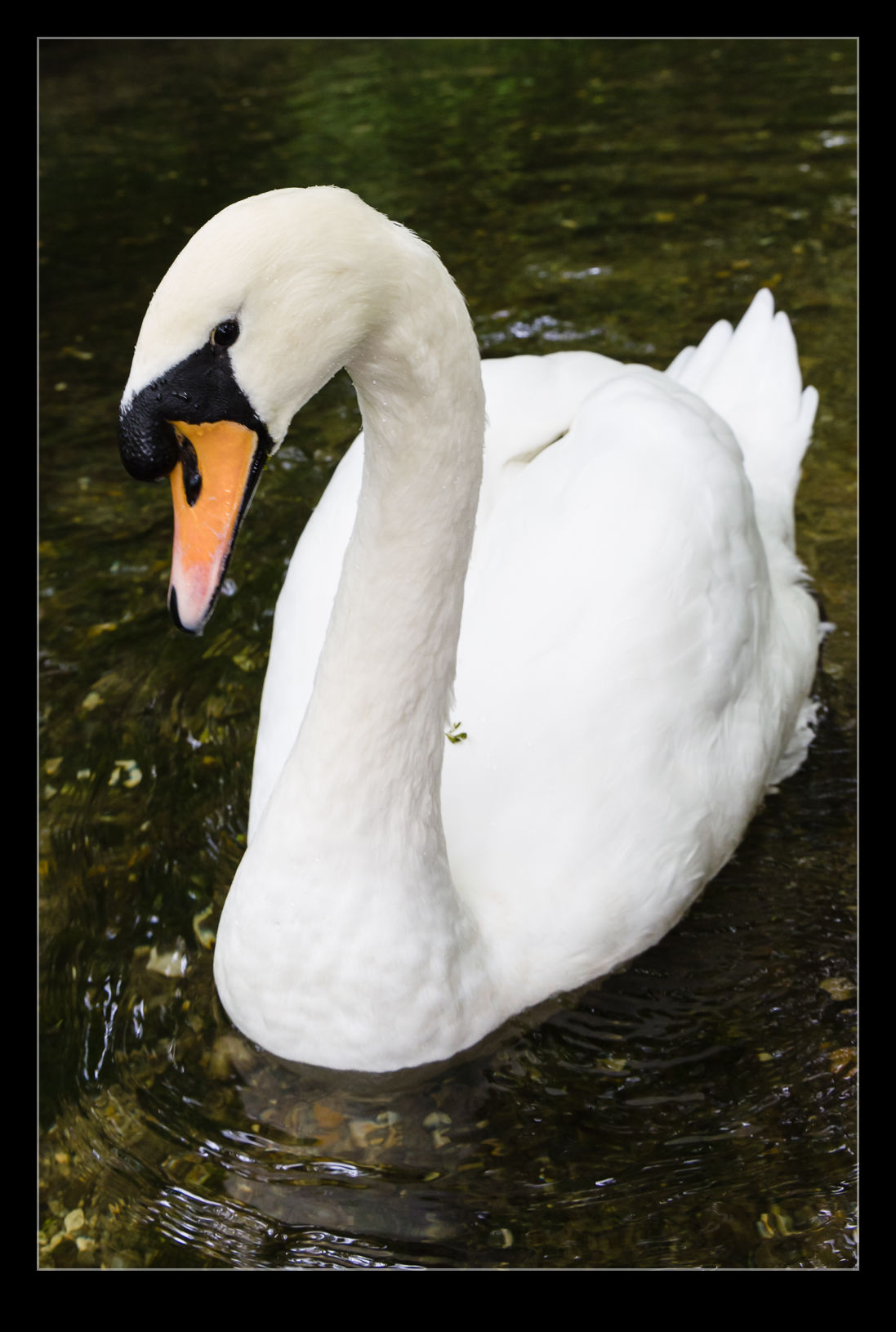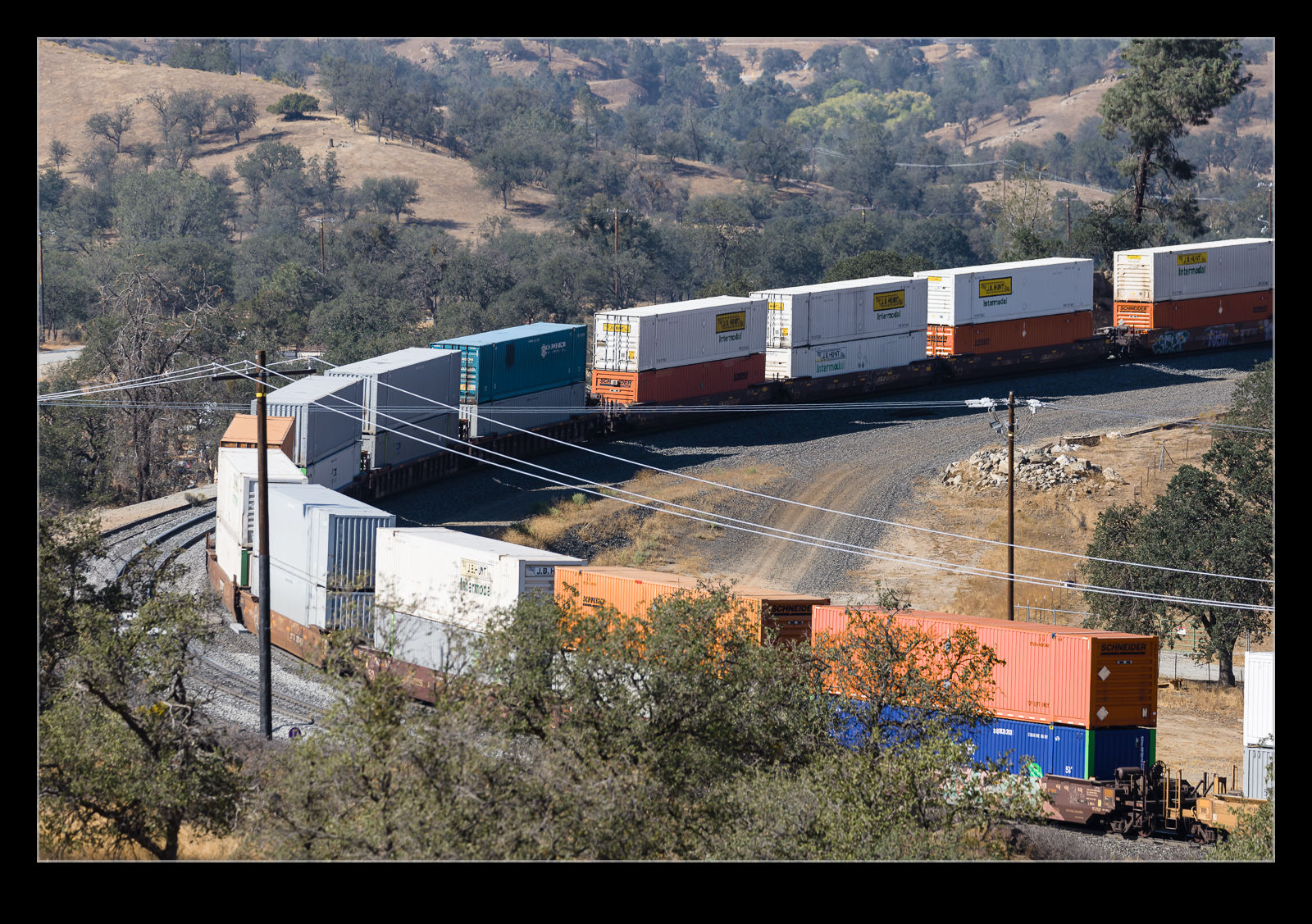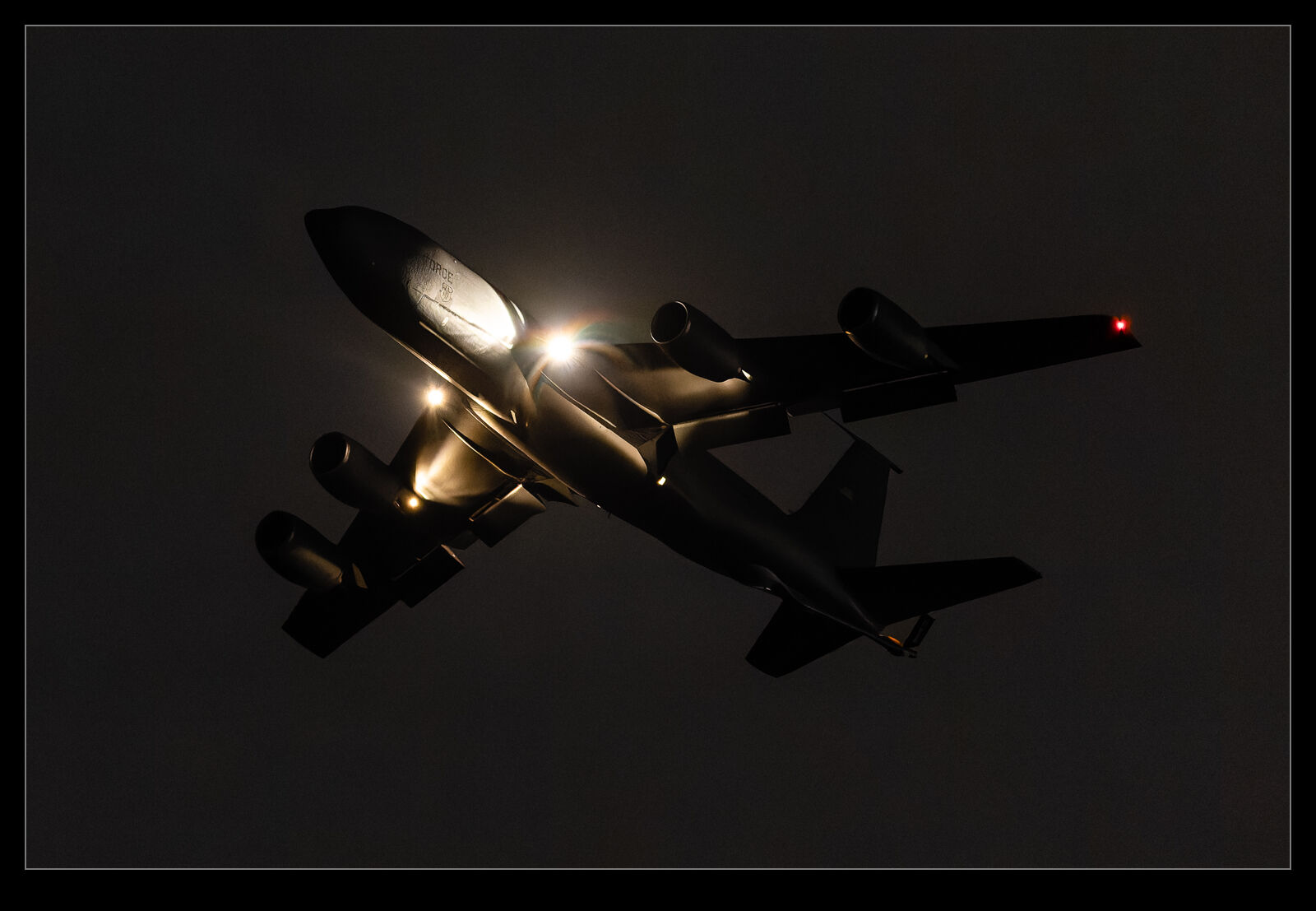
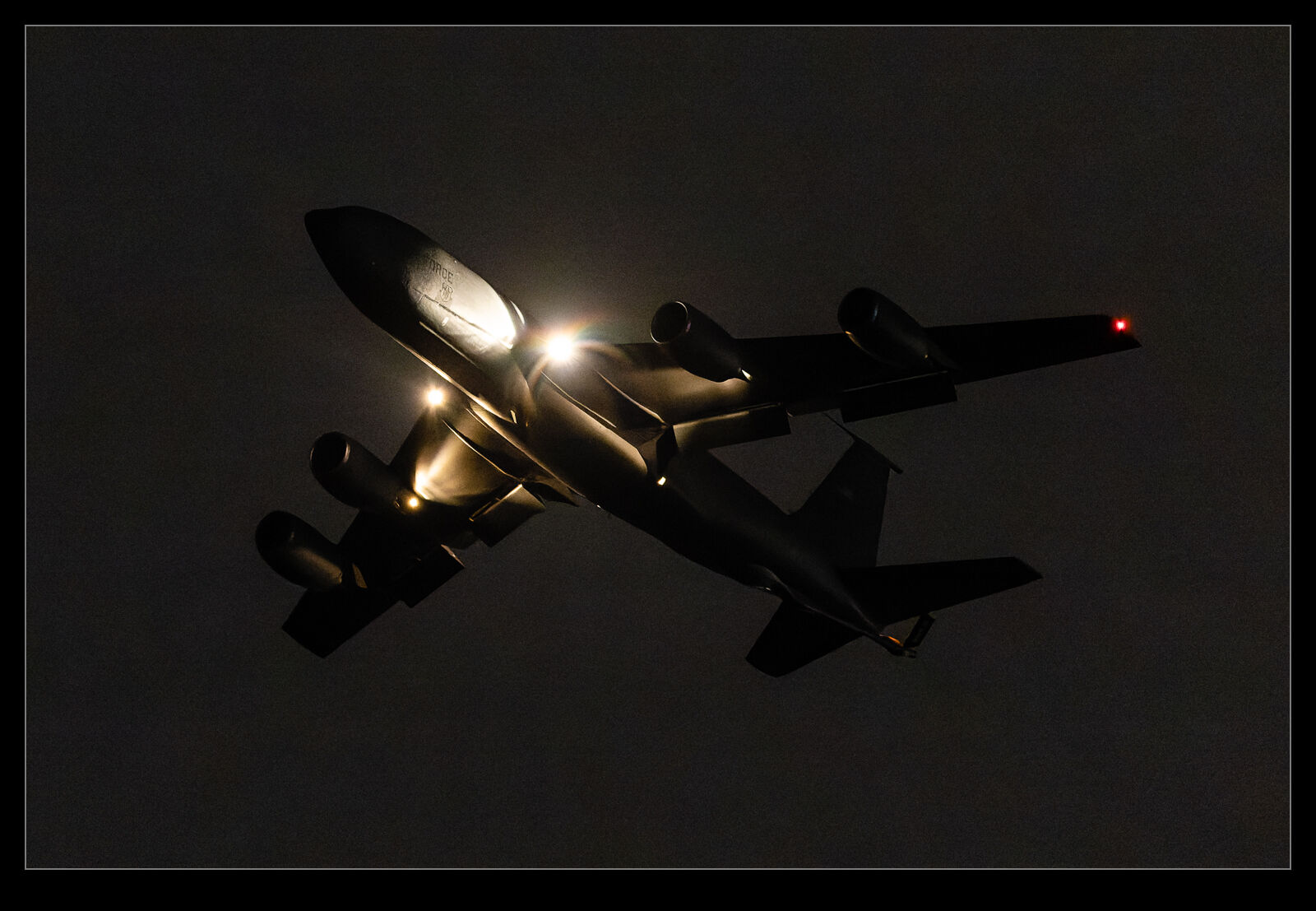 This blog includes a very infrequent series of posts reviewing the processing powers of PureRAW. The third version of this raw image processor has just been released and I downloaded the trial to see how it performs. I was impressed by what the previous version did to clean up some high ISO shots but the need was limited and the price was high enough that I didn’t see the point in signing up for it. I was curious as to whether the third version would change my mind.
This blog includes a very infrequent series of posts reviewing the processing powers of PureRAW. The third version of this raw image processor has just been released and I downloaded the trial to see how it performs. I was impressed by what the previous version did to clean up some high ISO shots but the need was limited and the price was high enough that I didn’t see the point in signing up for it. I was curious as to whether the third version would change my mind.
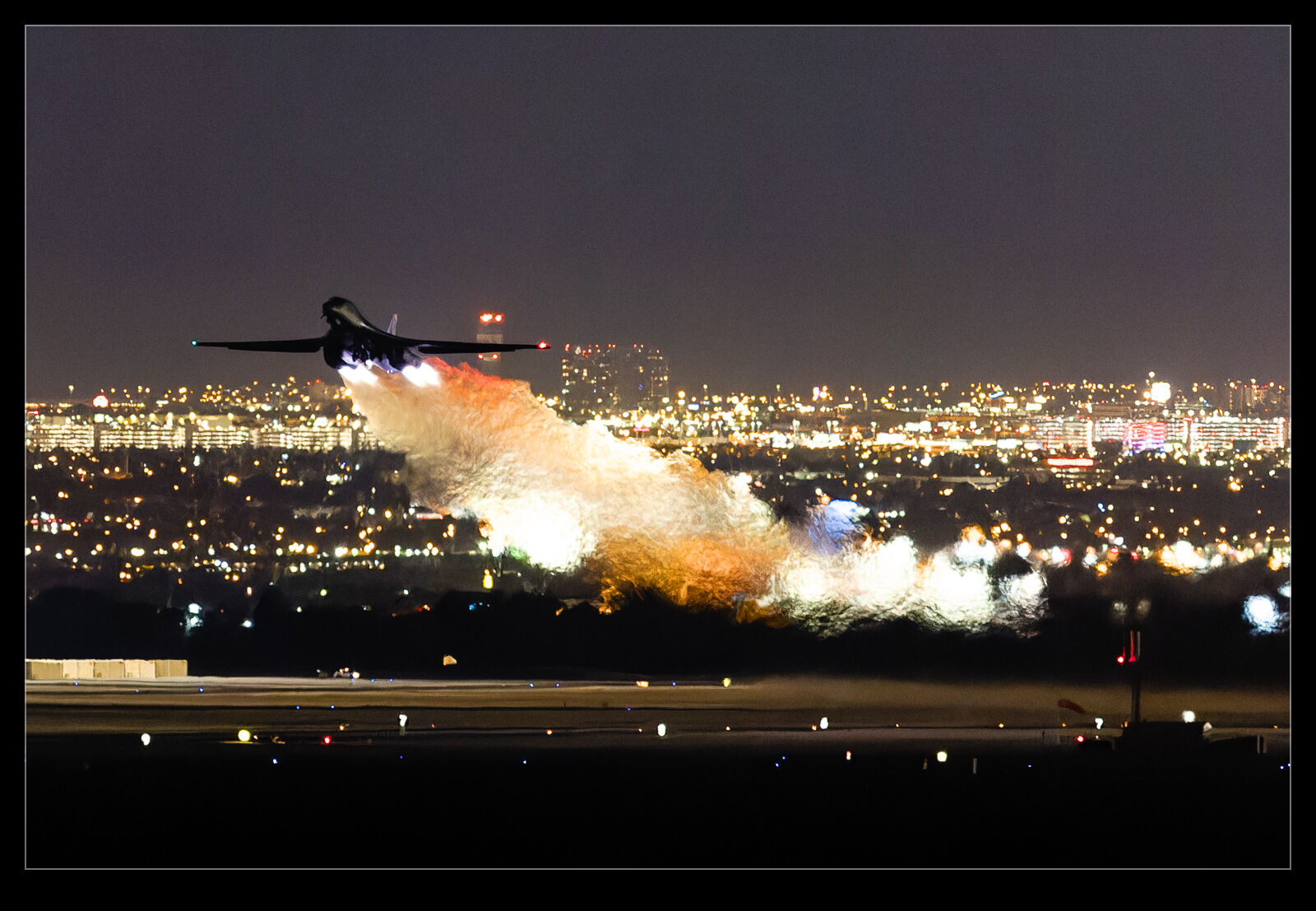
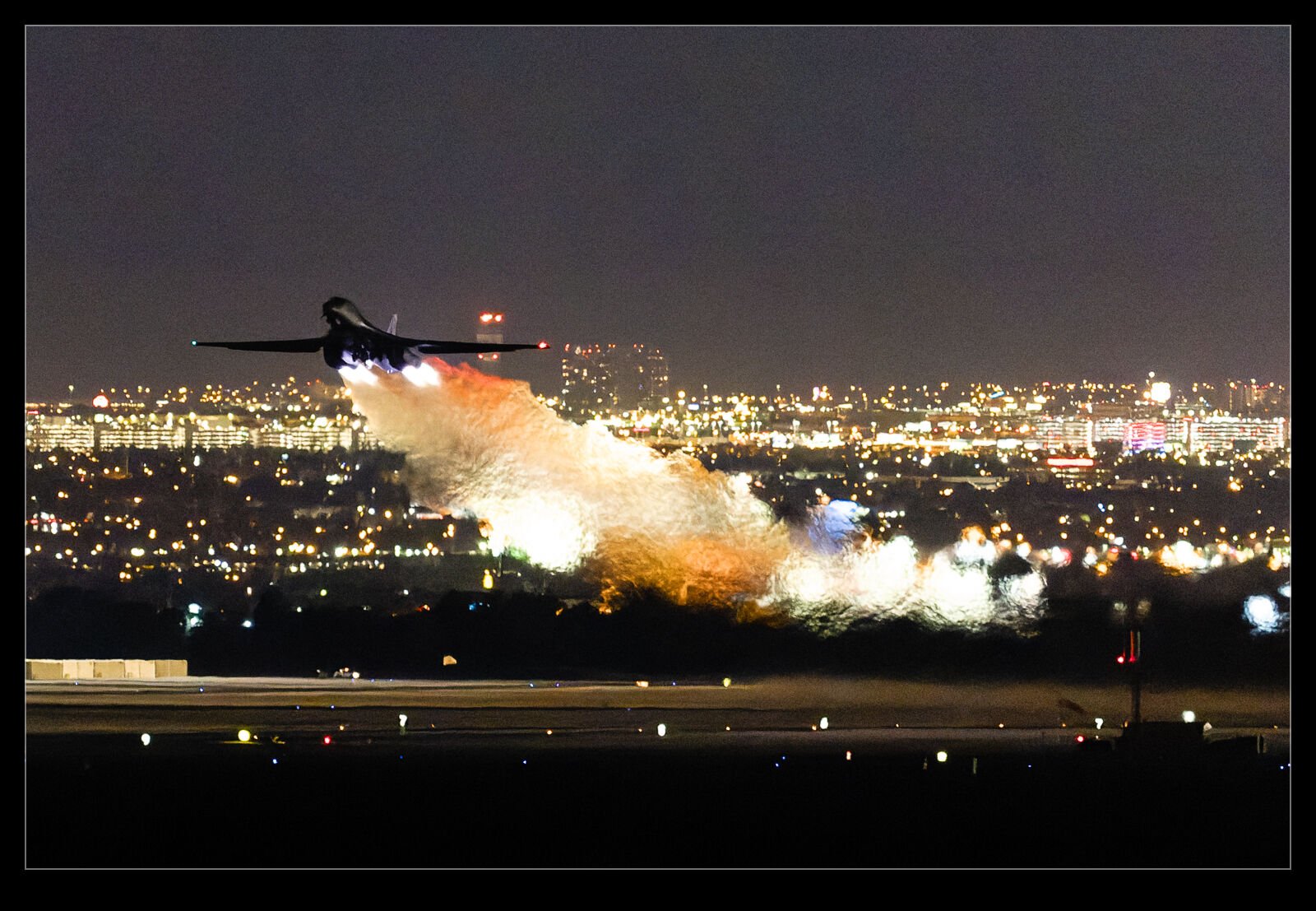 When I download one of these trials, I always try to avoid installing it until I have time to play with it. The trial last 30 days so I want to make sure I make good use of the time. Once I got around to installing it, I put it to work. I was disappointed to find the trial was limited to 20 images at a time which is a little restrictive but, for the purposes of evaluating it, I could work around this. I had two things I wanted to do. First, I wanted to convert some shots that I had previously tried for PureRAW2 to see how different they were. Second, I had some recent night shots which I also wanted to try.
When I download one of these trials, I always try to avoid installing it until I have time to play with it. The trial last 30 days so I want to make sure I make good use of the time. Once I got around to installing it, I put it to work. I was disappointed to find the trial was limited to 20 images at a time which is a little restrictive but, for the purposes of evaluating it, I could work around this. I had two things I wanted to do. First, I wanted to convert some shots that I had previously tried for PureRAW2 to see how different they were. Second, I had some recent night shots which I also wanted to try.
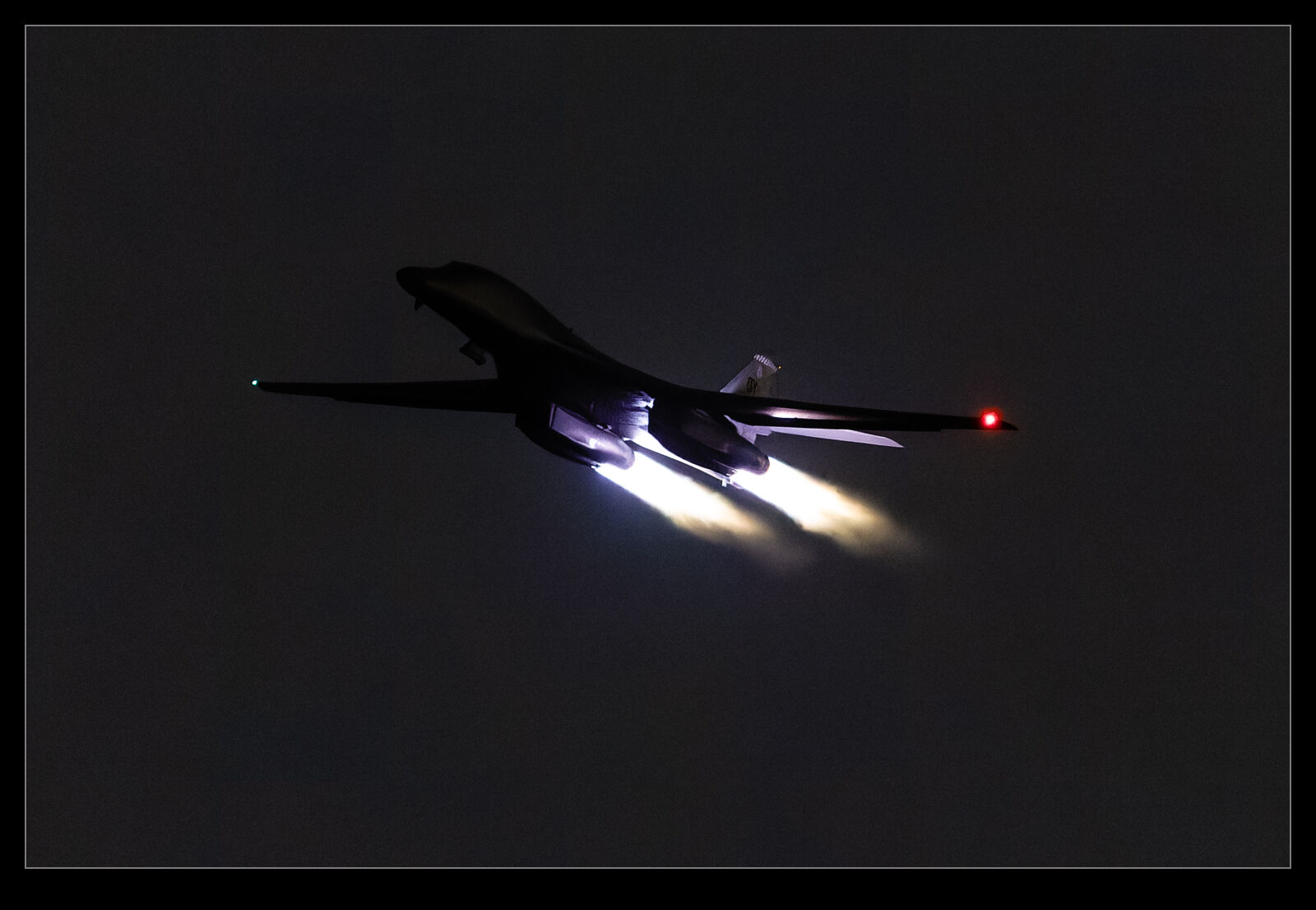
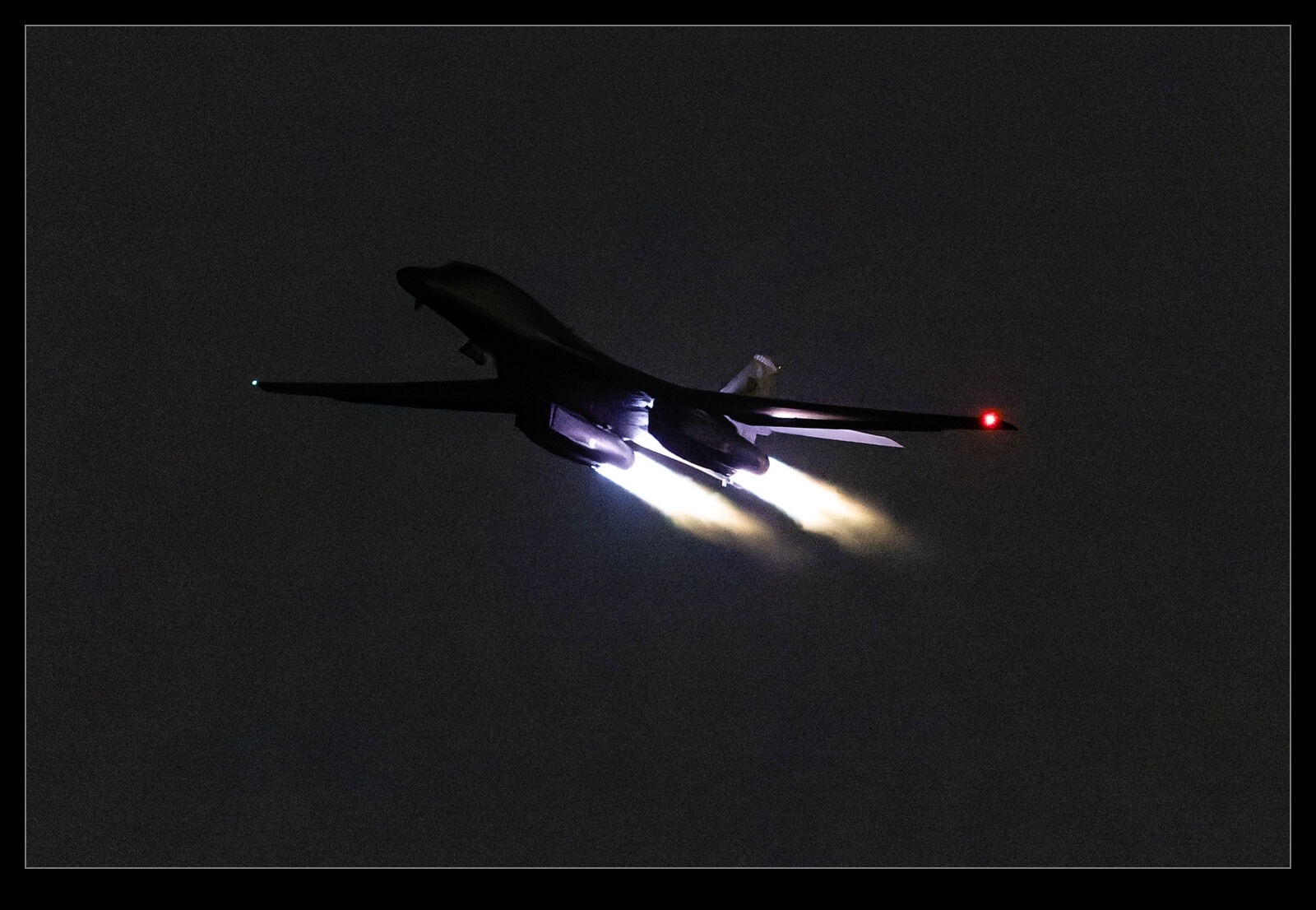 So, how did it perform? Results were mixed. I found the conversion process was quick sometimes and would slow down or stop on others. This was annoying but I suspect is something that they will fix before too long so I wasn’t that worried. What I was surprised about was that, when starting the process in Lightroom, the new DNGs will be reimported into Lightroom. However, this was unbelievably slow. I would set it off, the conversion would finish and then, a long time later, they would suddenly get added. Again, something that is probably going to get fixed but bloody annoying in the mean time.
So, how did it perform? Results were mixed. I found the conversion process was quick sometimes and would slow down or stop on others. This was annoying but I suspect is something that they will fix before too long so I wasn’t that worried. What I was surprised about was that, when starting the process in Lightroom, the new DNGs will be reimported into Lightroom. However, this was unbelievably slow. I would set it off, the conversion would finish and then, a long time later, they would suddenly get added. Again, something that is probably going to get fixed but bloody annoying in the mean time.
As for the output, I was quite amazed by the results. I will show here some of the Lightroom edits along with PureRAW2 and PureRAW3 versions of the files. As you can see, the latest version really does clean up images a lot. However, I don’t think it is all good. Some of the shots feel like they have been over sharpened and look too crunchy. Also, the algorithm seems to get imaginative when it comes to lettering on airframes. Some of the results have created shapes that just are not there in the original shot. For some shots, this might not be an issue but, when something is supposed to be recognizable, the odd artifacts show up conspicuously. If the shot had been soft and noisy, you wouldn’t have worried but, because it is supposed to be clear and sharp, the weird results stand out.
Is it worth it? Not for me. I used it on some more normal exposures and couldn’t really see much benefit. Certainly not enough to make the effort worth it. For high noise, it does provide some nice results and some odd side effects but, I don’t shoot enough of them to make that really worthwhile. For now, it shall sit in the interesting but not interesting enough category. Maybe we shall have the fourth installment of this series when PureRAW4 comes out!
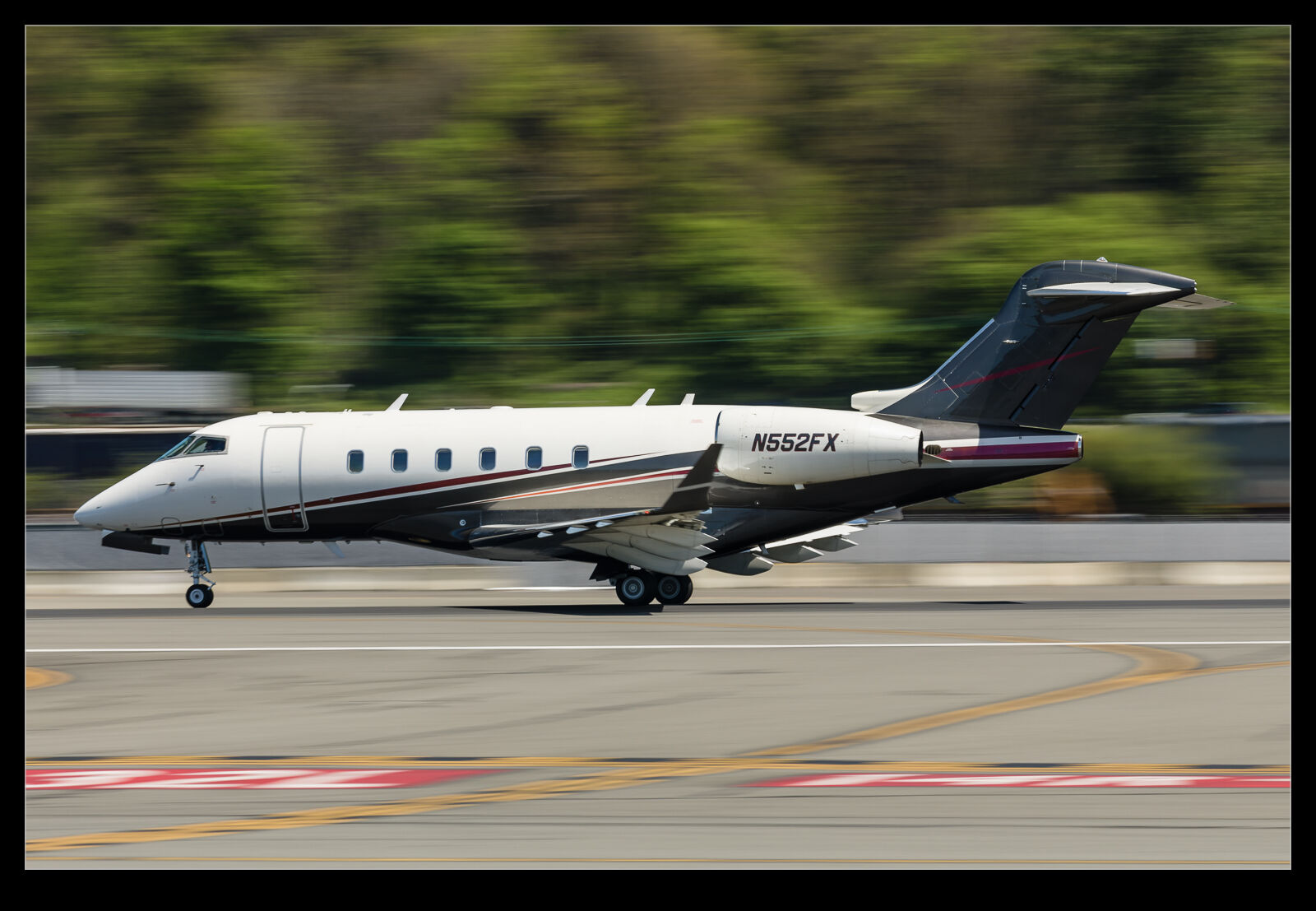 One weekend, I was at Boeing Field awaiting something interesting. There was the regular traffic of business jets and, since they were pretty standard fair and the light wasn’t great anyway, I figured I would play with dropping the shutter speed super low. The R3 is great for this because I can select a frame rate of 30fps if I want. When shooting with silly shutter speeds, really high frame rates increase the chance that I might get something that isn’t terrible. Technology overcomes lack of talent!
One weekend, I was at Boeing Field awaiting something interesting. There was the regular traffic of business jets and, since they were pretty standard fair and the light wasn’t great anyway, I figured I would play with dropping the shutter speed super low. The R3 is great for this because I can select a frame rate of 30fps if I want. When shooting with silly shutter speeds, really high frame rates increase the chance that I might get something that isn’t terrible. Technology overcomes lack of talent!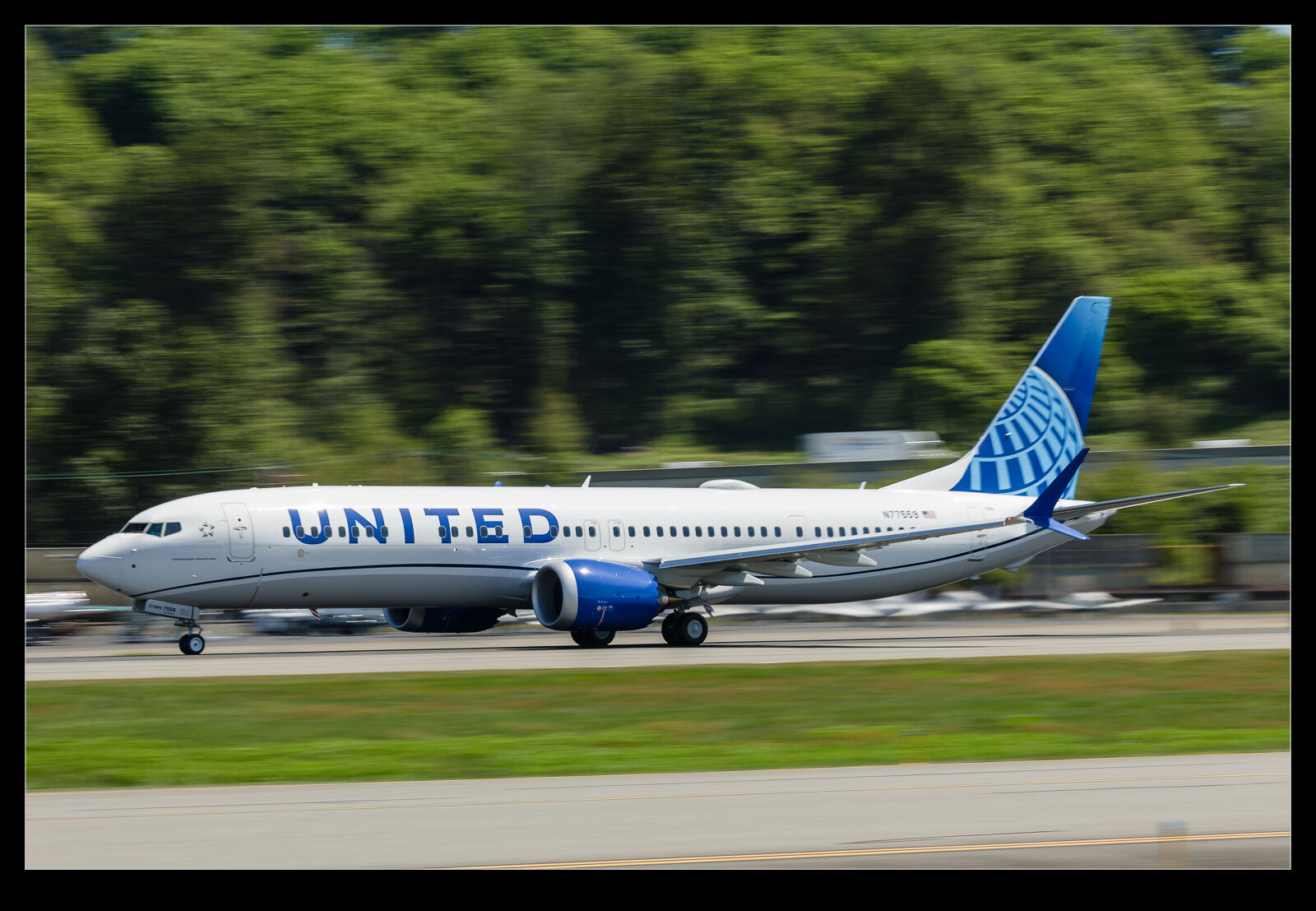 I was dropping down to 1/50th or 1/60th of a second for some of the arrivals. I was using a polarizer to take out a load of light to allow such low shutter speeds on a sunny afternoon. It also didn’t hurt to reduce the glare with the sun so strong. Most shots were worthless but there were a few that came out okay. Full size there were more acceptable ones but, since I was experimenting, I focused on the ones that were really sharp. Such low shutter speeds do result in parallax issues which is not ideal, so I tend to look for the sharpness to be on the front fuselage unless the plane is going well away from me. There were some 737s on test too, so I played with the same techniques for them as well. Maybe I shall go even lower at some point.
I was dropping down to 1/50th or 1/60th of a second for some of the arrivals. I was using a polarizer to take out a load of light to allow such low shutter speeds on a sunny afternoon. It also didn’t hurt to reduce the glare with the sun so strong. Most shots were worthless but there were a few that came out okay. Full size there were more acceptable ones but, since I was experimenting, I focused on the ones that were really sharp. Such low shutter speeds do result in parallax issues which is not ideal, so I tend to look for the sharpness to be on the front fuselage unless the plane is going well away from me. There were some 737s on test too, so I played with the same techniques for them as well. Maybe I shall go even lower at some point.